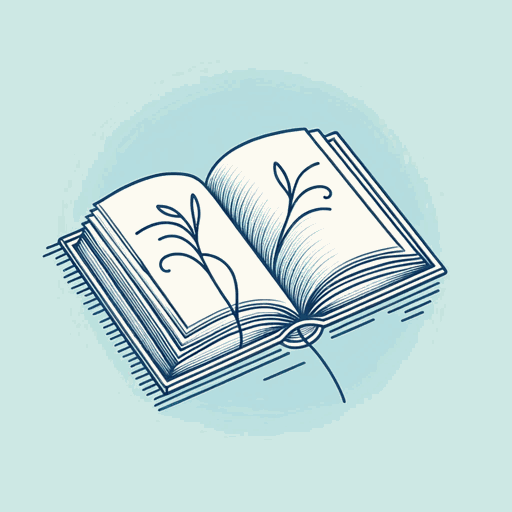35 pages • 1 hour read
Ken BainWhat the Best College Teachers Do
Nonfiction | Book | Adult | Published in 2004A modern alternative to SparkNotes and CliffsNotes, SuperSummary offers high-quality Study Guides with detailed chapter summaries and analysis of major themes, characters, and more.
Chapter 2Chapter Summaries & Analyses
Chapter 2 Summary: “What Do They Know about How We Learn?”
In the 1980s, a group of physics faculty conducted an experiment in their introductory course at Arizona State University that yielded troubling results: Despite the course’s instruction, most students, even those who performed well on assignments, failed to “give up their mistaken ideas about motion” (23). The experiment thus showed little evidence of deep learning because students’ understanding had not shifted: “The students performed all kinds of mental gymnastics to avoid confronting and revising the fundamental underlying principles that guided their understanding of the physical universe” (23).
The most successful teachers facilitate deep learning, but still combat problems like the physics students’ cognitive dissonance. Bain’s subjects tended to reflect on the “nature of thinking within their fields,” including their own thinking—or metacognition (25). This reflection, in turn, gives insight into how pupils learn and their learning challenges. Successful teachers are thus effective at scaffolding instruction, positing challenging questions, and clarifying difficult concepts and topics. Bain’s subjects generally held ideas about learning that mirrored findings in the latest research on the science of learning.
Bain identifies principles that inform the best educators’ learning and teaching methods. Firstly, they acknowledge extant mental models shape the way students think from the moment they enter a classroom, even when they have little knowledge of a topic.


